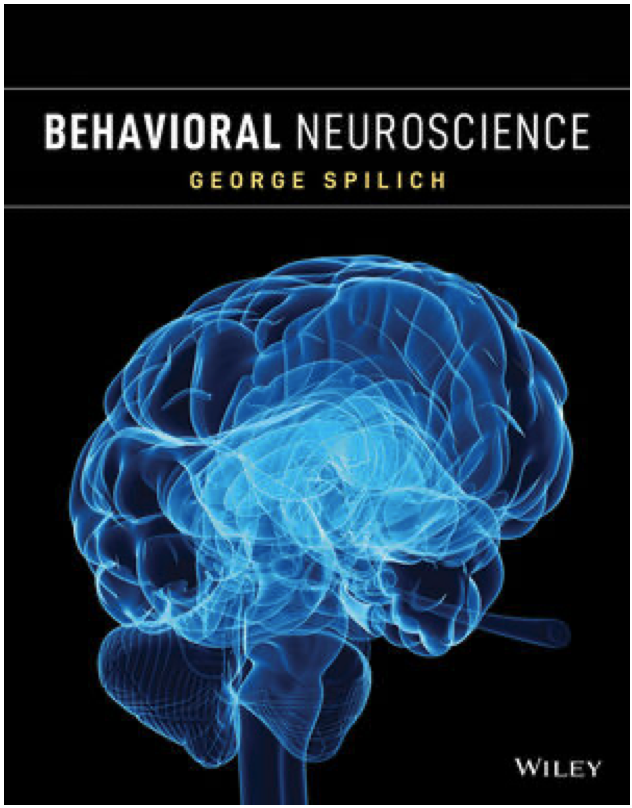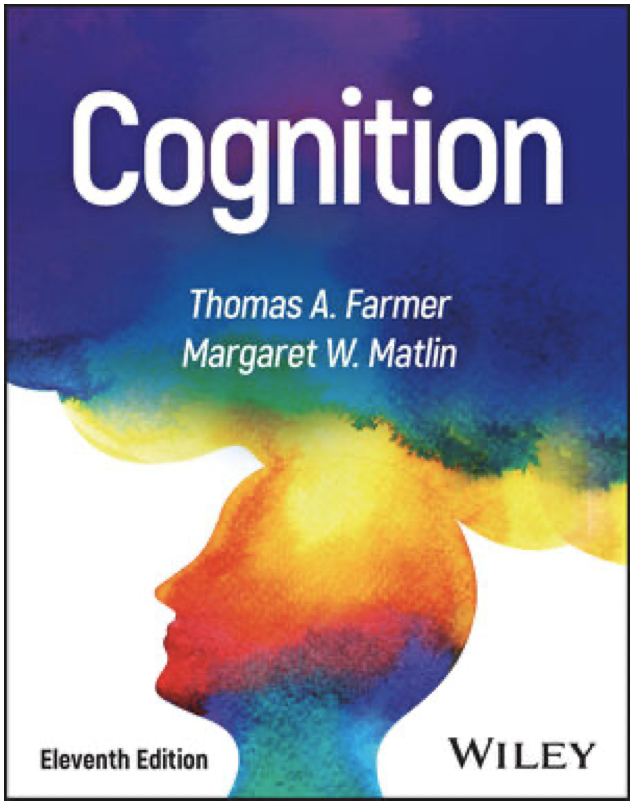TITLE
New Device Allows Man With Paralysis to Type by Imagining Handwriting
DESCRIPTION
What an amazing development! Imagine the terrible issues in trying to communicate when there has been a body ravaging disease (e.g., Stephen Hawking) or a spinal cord injury. This article “announces” a new development: “An experimental brain-computer interface has allowed one man who is paralyzed below the neck to gain the ability to type by thinking about handwriting, according to research published on May 12, 2021 in the journal Nature. (Click the link to see the scientific article.) The man became paralyzed after a spinal cord injury in 2007, and joined the research project at Stanford University and the Howard Hughes Medical Institute nine years later. After years of development, the man can use the device to write up to 18 words per minute when connected to the system, with 94 percent accuracy on each letter. When the scientists added autocorrect to the program, its accuracy improved to 99 percent.” Imagine how Psychologists can play a role in the rehabilitation of those afflicted with such problems.
This article can be used in conjunction with the chapters on Neuroscience and Biological Foundations as well as chapters related to cognition and thinking.
SOURCE
Smithsonian Magazine, May 14, 2021, by Theresa Machemer
LINK TO RESOURCE
(Tiny URL) https://tinyurl.com/4uburbny
CLASS DISCUSSION QUESTIONS
•Begin with a review of the normal function of the spinal cord vis a vis the biological foundations of Psychology. What is the effect of a spinal cord injury on the movement system as well as autonomic functioning?
•Following the first question, how do problems manifest themselves depending on where the spinal cord is injured? (That is, explain how the geography of the spinal cord relates to specific dysfunction.)
•What did the researchers do to build the brain-computer interface? What are the findings with the one individual?
•What do the scientists hope to accomplish with further research?
•What do you imagine the role of Psychologists will be in this type of rehabilitation?







Leave a Reply